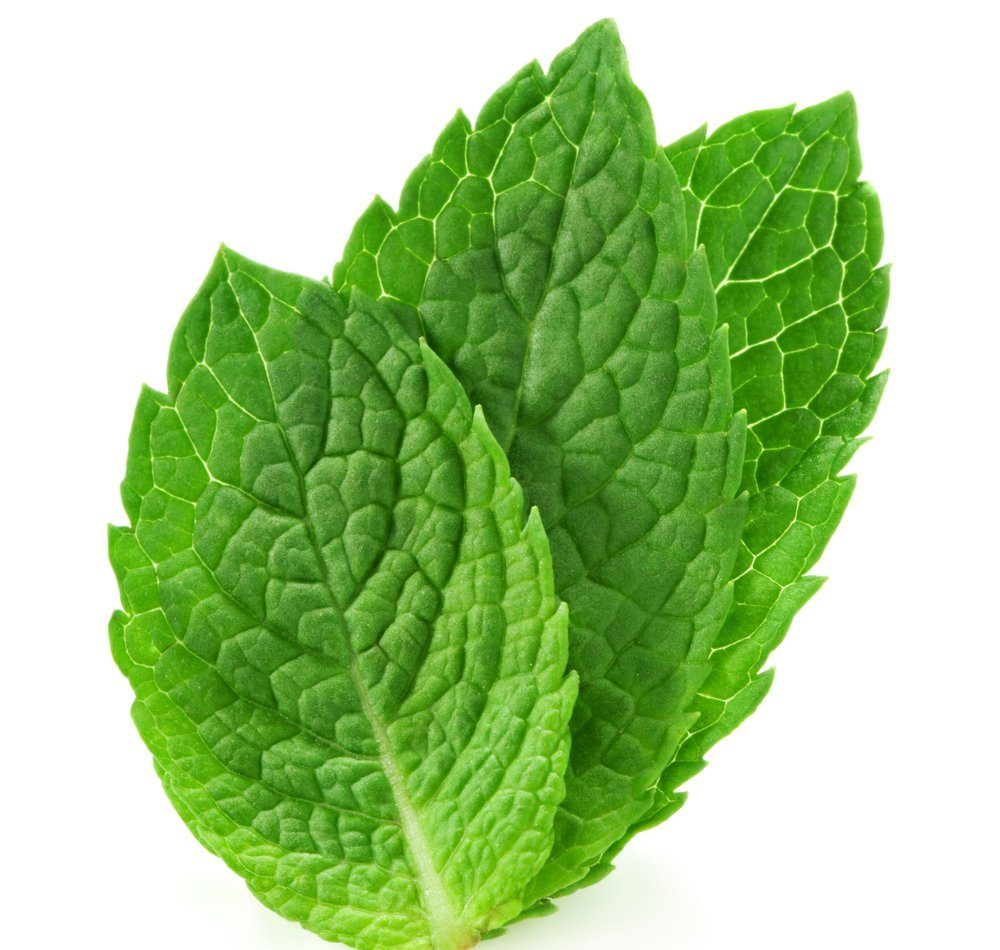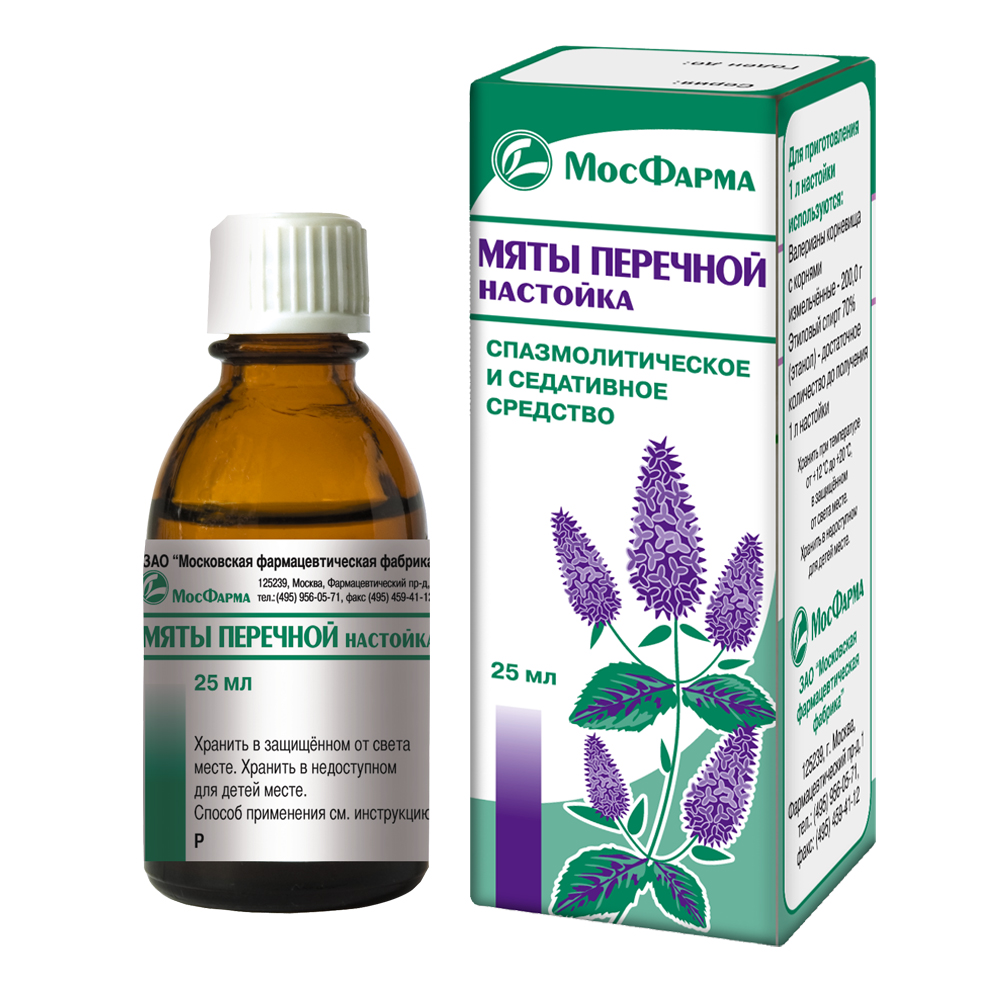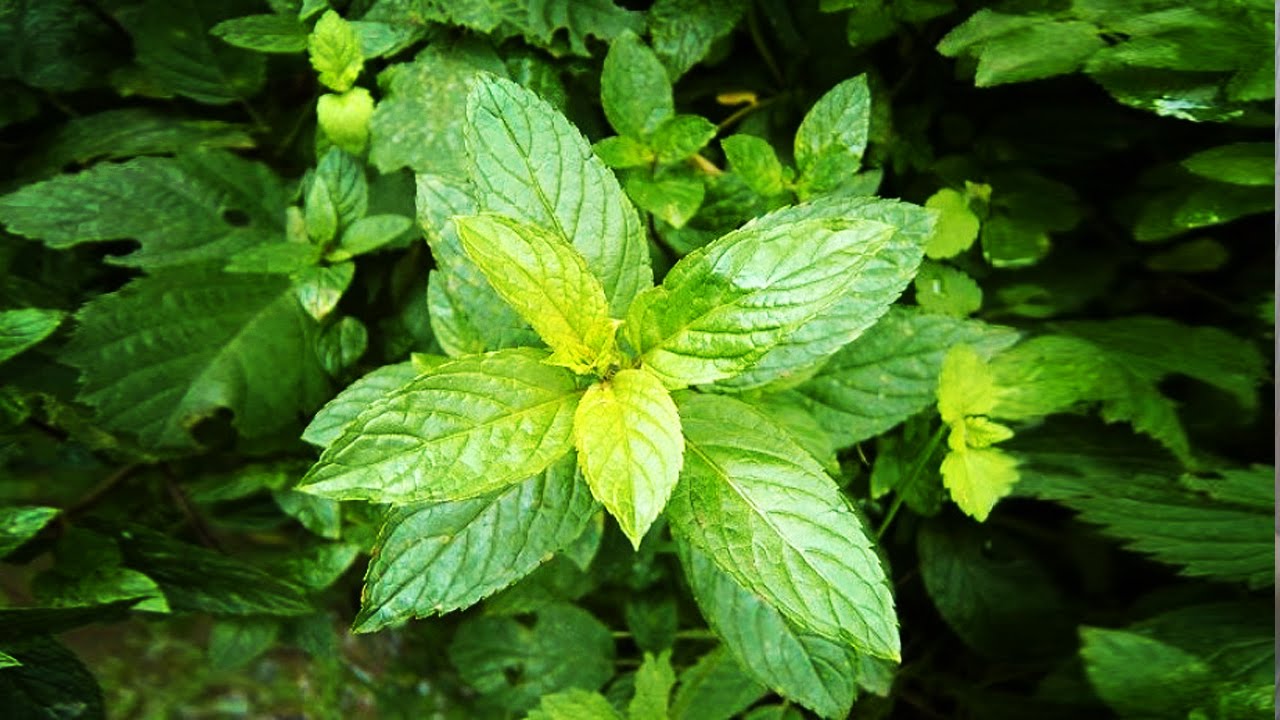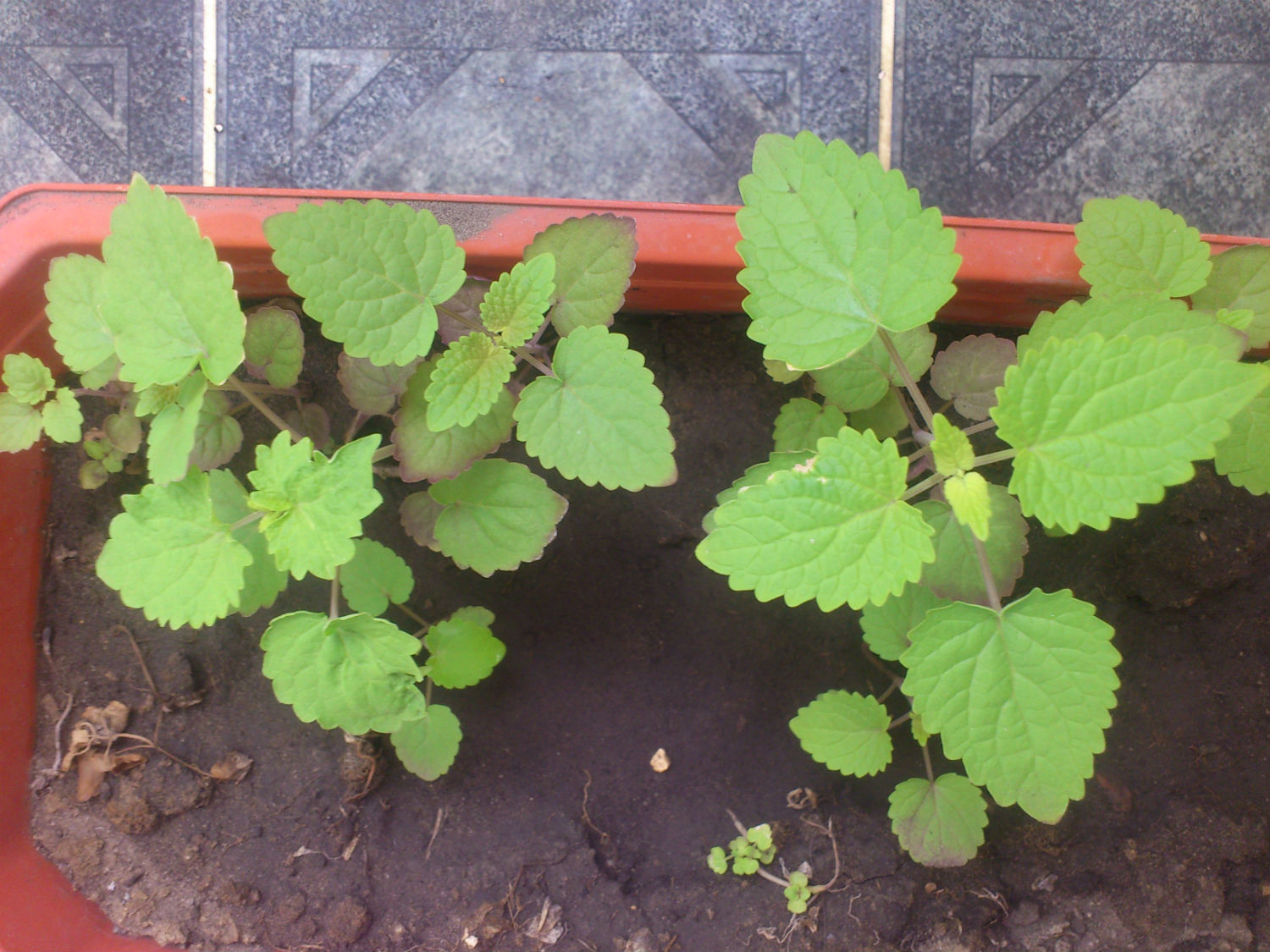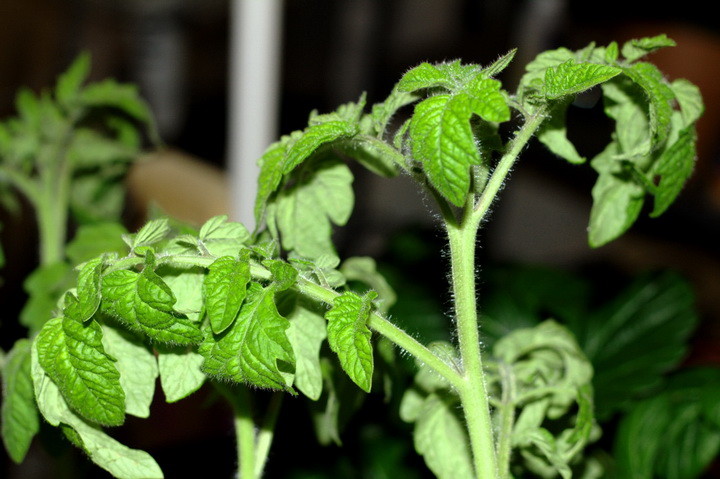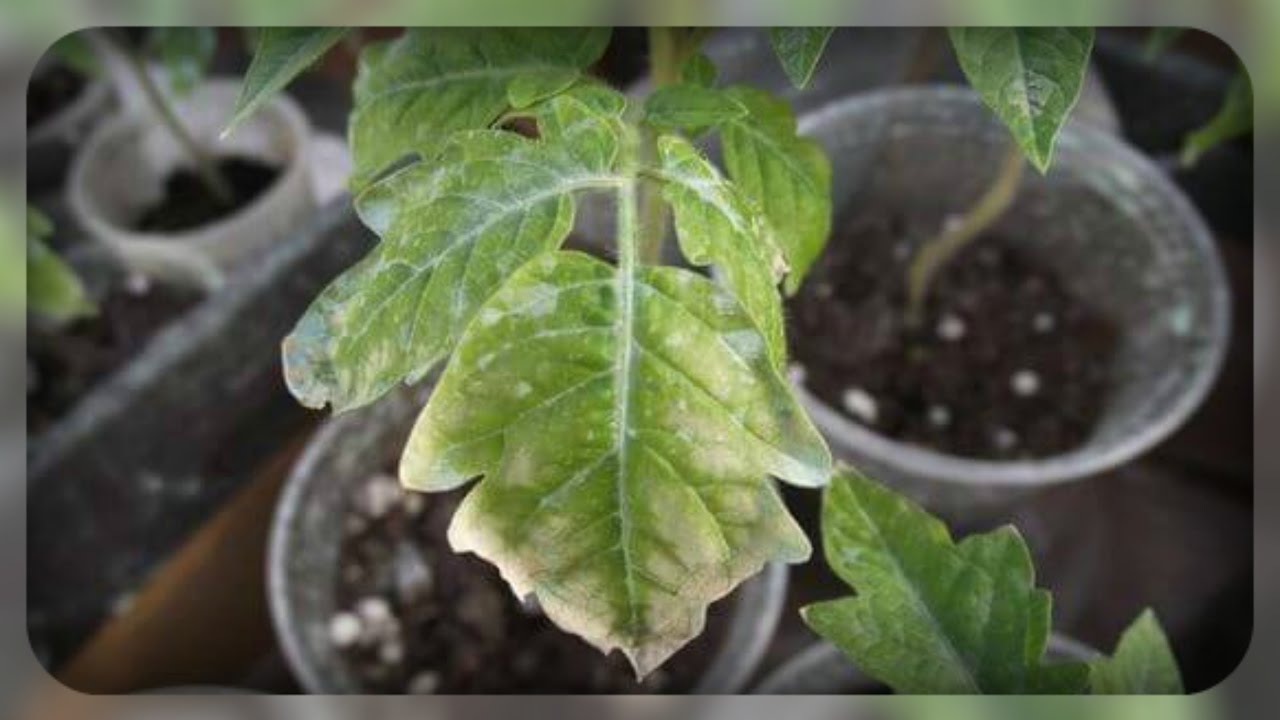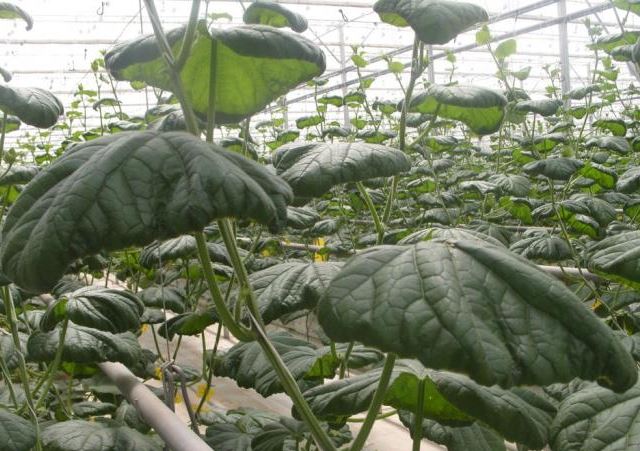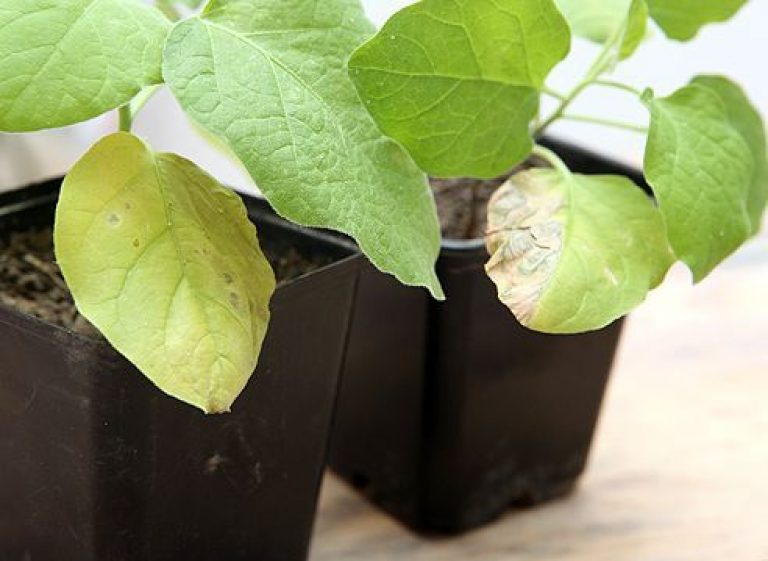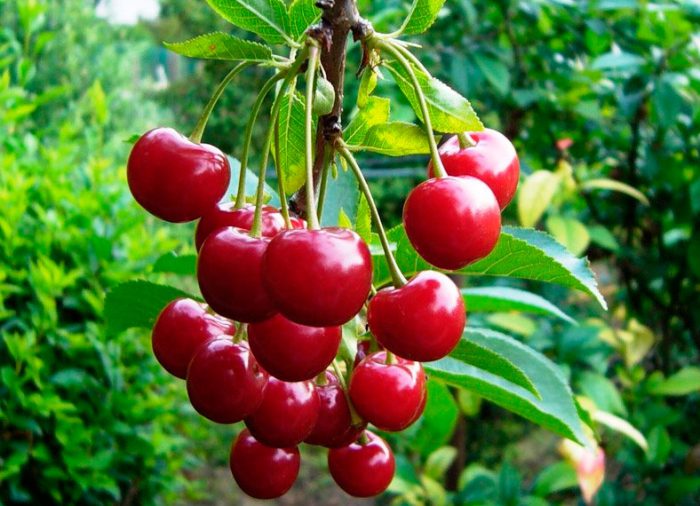Peppermint, well-known to many, is described below, it is a wild variety of perennial grasses cultivated by man for a long time. Due to the wide variety of herbaceous varieties similar to it, many users often wonder which family peppermint belongs to.
Description
In response to their inquiries, we note that this herb, obtained by the method of hybridization, belongs to the subspecies of mint and the Yasnotkov family.
Peppermint is cultivated (it may differ in its names: English, cold, etc.) in most vegetable and garden lands in central Russia. Special breeding varieties are grown in two Russian regions (Voronezh Region and Krasnodar Territory). If you stop caring for this plant, over time, nature takes its toll, and it can again run wild.
Peppermint belongs to the class of perennial grasses with a branched, horizontally growing rhizome and very thin fibrous roots. Its field stem is erect, reaching a height of 100 cm. It has a tetrahedral structure, is hollow inside, and in appearance it is completely naked (sometimes, however, there are varieties with rare short, appressed hairs).
The mint leaf is dark green with a tint, opposite to each other, has an oblong-ovoid and slightly pointed shape, and the flowers are small, with a light purple tint, collected at the top of the shoots in the form of spike-shaped inflorescences. They begin to bloom from about the end of June, which lasts somewhere in the middle of September. As a result of such flowering, a fruit is formed, consisting of 4 nuts (its name is coenobium).
When considering where mint grows most often, it should be noted that it can grow well and is successfully cultivated in Belarus, Moldova and Ukraine in two popular forms: black and white. At present, such varieties of mint are widespread as Krasnodarskaya-2, Kubanskaya-6, Prilukskaya-6, as well as Moskvichka, Medicinalnaya and Medichka.
Application
The culture in question is often used as additives to various dishes. In addition, on its basis, you can prepare a variety of drinks, including medicinal ones.
At the same time, individual leaves of peppermint are widely used in the drug treatment of various diseases (that is, as a phytotherapeutic agent). It is part of a large number of health remedies that are dealt with in one of the branches of pharmacy, called pharmacognosy. In addition, peppermint is often used in cosmetology (in the manufacture of aromatic preparations, in particular).
For both therapeutic and purely culinary purposes, fresh or well-dried leaves of this plant are most often used. They are distinguished by a pleasant, refreshing and at the same time spicy taste, as well as a not very pungent aroma.
In order to prepare a useful infusion of mint foliage, you will need to do the following:
- First, you need to brew a couple of small spoons of well-dried raw materials in one glass of boiled water;
- After that, you can forget about the composition being prepared for about half an hour (put it aside);
- After this time, you should strain the liquid and squeeze out the remnants of plant materials.
It is recommended to keep the pepper infusion in a dark and cool place. At the same time, long storage periods (more than two days) are undesirable. This medicine should be consumed in half a glass about two to three times a day (the exact timing is determined by the instructions for its use).
Specifications
According to the generally accepted classification, determined on the basis of the state standard (pharmacopoeia) or GF, mint leaves GF also contain essential oils. In addition, they contain significant doses of tannins, including various bitterness and other biological components.
In addition, mint leaf contains the following substances:
- Healthy sugars and significant amounts of fat
- It is also rich in acids, phytoncides and carotene;
- In addition, mint contains a sufficient amount of mineral salts and unique rosmarinic acid in its characteristics.
This culture has one invaluable property - it is a very strong natural antioxidant that does not need any additional additives. Whence it follows that compresses and decoctions prepared on its basis have the ability to tone the skin and eliminate fungi and other irritations.
Essential oils in peppermint reliably resist the development of most of the most common harmful bacteria (staphylococci, as well as Salmonella and E. coli). Also, this plant helps to fight excess weight, normalizing all metabolic processes in the human body.
Growing and care
Like most other cultivated plants, it is advisable to plant mint on fertile and well-moistened lands located in developed lowlands. For its fertilization, a traditional set of nutrients is used, including ordinary manure, compost, and well-known types of mineral fertilizers.
This plant reproduces only by vegetative methods, that is:
- By dividing the rhizome;
- Planting rooted young shoots (shoots);
- Seedlings (extremely rare).
The sprouts are usually planted in early spring or autumn in grooves 8-10 cm deep, along one line, with row spacings about 54-60 cm wide. To prevent the plant from freezing in the cold winter, in the fall, the soil under it is treated (mulched) with compost.
In conclusion, consider the dangerous consequences of taking a decoction of peppermint leaves gf for some categories of people. Such medicines should not be taken by people who have even the slightest contraindication to their use, since this is fraught with allergic disorders in the body. It is undesirable to use peppermint oil for women during pregnancy and breastfeeding, as well as for small children under six years of age. Thus, only with moderate and timely consumption of mint infusions are they really beneficial to health.
